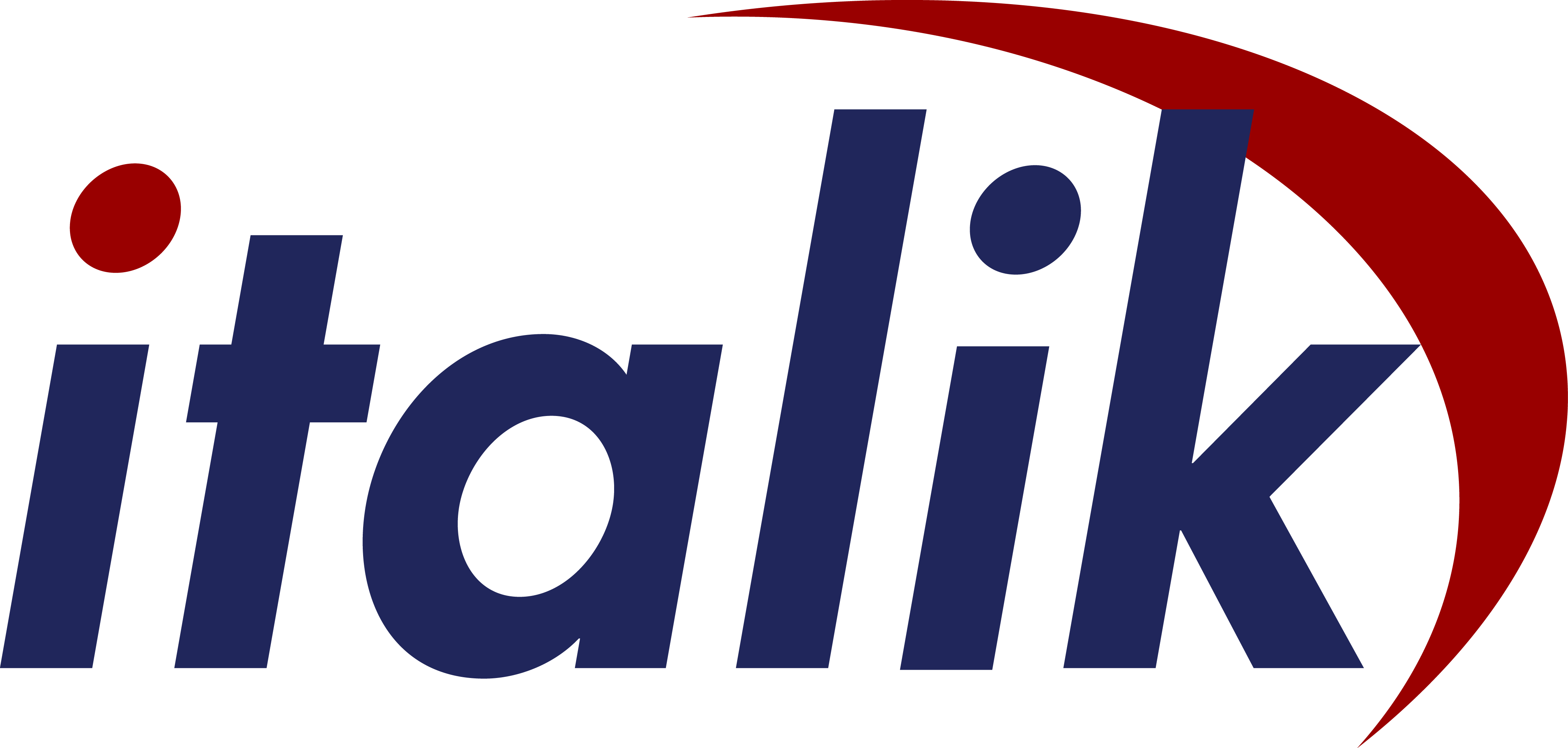Looking at the simple, but effective, DR solution. A brief insight into how it can work for any company.
Recently, I worked on a Disaster Recovery and Business Continuity project for a customer in which Veeam took centre stage. The ability to have copies of your servers hosted offsite, ready to be spun up in a few minutes, is a very attractive proposition for any business.
Our customer wanted to be able to ensure critical systems were going to be readily available in case of a DR scenario. Not only this, but speed is also vital; bringing servers up in a swift fashion would mean less downtime for users. Finally, and potentially the most important, being able to resume business function using data from minutes or hours earlier to minimise further downtime.
How does it work?
To say, it just works, would be too easy…even if it is Veeams tagline! For Hyper-V environments, Veeam creates an exact copy of the virtual machine on a different host, usually, in a different site. Once the first replication has completed, the virtual machine is then kept up to date through incremental synchronisations. The sync can be anything from once a day to once a week, for the most critical servers, continuous replication can be used.
Technically, Veeam works and operates at the virtualisation layer. This means no agents are required to inventory guest operating systems for data. Snapshots and checkpoints are utilised to take point in time copies of the servers.
To reduce the amount of data replicating across networks, Veeam uses traffic optimisation. Duplicated data blocks, zero data blocks, swap file and some guest OS file blocks are filtered out. Synchronisation traffic is compressed coupled with the ability to use WAN accelerators and network throttling rules to prevent the entire network link from being consumed.
How can this be useful?
The customer decided the most foolproof way to ensuring business continuity was to implement Veeam to replicate servers to hardware at a new office. Hardware was setup, networks installed, and the initial replication of servers was set off.
The main use of replication through Veeam is to have a failover plan in case of a DR scenario. I created replication jobs for the critical server sets. There are some useful features within these jobs that make using Veeam very resolute and efficient:
- Replica from backup can help you minimise the use of compute, storage and network resources of the production infrastructure.
- Replica seeding and replica mapping can help you minimise the amount of traffic going to the disaster recovery site over WAN or slow links.
- Network mapping and Re-IP streamlines the failover process. Veeam can change the VLAN tag, IP address, subnet, gateway and DNS settings.
Once servers were replicating to the new site, I set up Veeam failover plans. The failover plan uses the replication jobs to create a simple and effective way of managing your servers failovers.


